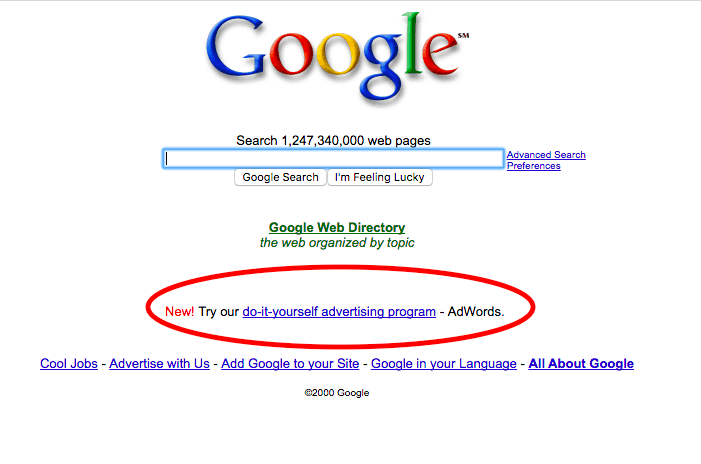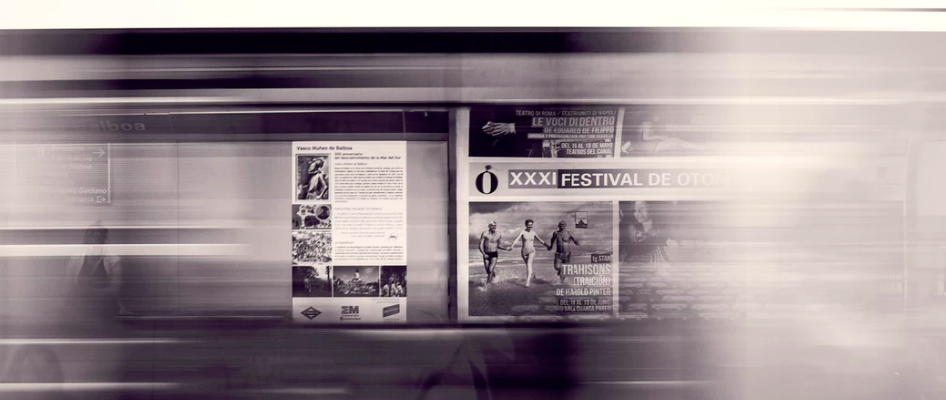As part 5 in the follow up series to our Digital Predictions 2017 eBook and Webinar, we are focusing last but not least on: Ad Formats.
Ad formats are changing. New avenues for advertisers to reach consumers are opening up faster than marketers can make sense of them. But do we need new forms of advertising? If the ad formats we’re used to are still working, should we really invest in new types of advertising?
The short answer is yes, definitely. Marketers and campaign managers can expect tons of changes in the advertising world this year. Getting in the know and being prepared will make the difference between success and failure.
During Acquisio’s 2017 Digital Marketing + Local Landscape Webinar we had a group of industry-experts delve into the ever-important topic of new advertising formats. Our expert panel outlined the major trends that will shape advertising in 2017. And when it came to ad formats, there’s a fair bit a marketer needs to know.
The Evolution of Ad Extensions
Search engines have been advertising directly to consumers in search results since 2000. At the time Google framed AdWords as a DIY advertising program. Today Google makes over $15 billion per year from AdWords and they have become the largest search-ecosystem for digital marketers to advertise in.

That’s not going to change in 2017. In fact, you can expect search engines like Google and Bing to play an even larger role in effective advertising than ever before. A long way from where they began, “Google is doing everything they can to make SERPS one big ad” said Brad Geddes during our webinar, and it’s true.
Google wants your business to be found on searches, especially if you’re paying to be there. Through ad extensions, Google will now be linking users to businesses even more. Google announced they will be adding call extensions to AdWords. This will automatically provide users with phone numbers of businesses and brands. Phone numbers will be pulled directly from landing pages and, in certain instances, the phone number will be based on location.
Bing, the second most-used search engine in the U.S., also launched a new ad extension feature. “Ad Extension Scheduling” can now be managed by marketers on Bing. Basically, this allows campaign managers to choose exactly when they want ad extensions to appear during the day. This new feature will no-doubt make Bing even more appealing to advertisers who want to reach more users with greater precision.
Both Google and Bing are using ad extensions to provide users with the essential information they need, when they need it. In essence, the two search engines are putting the user first, a mentality that will further shape ad formats in 2017.
New Native Ad Formats
Users are far more savvy than they used to be. In most cases, users know how to avoid “obvious” ads. That’s why we’ve seen such a huge rise in ad-blockers over the last couple of years. People are tired of traditional banner ads and don’t want to be bothered. But that isn’t to say users hate ads entirely. They simply want more out of ads, something tailored to their own interests.

“Native advertising” is the go-to term for creating ads that blend into the user’s experience. We predict that native ads will play a huge role in 2017, but not in the way most people think.
Take Amazon’s Alexa, for example. You might not think it, but in many ways, Alexa is a native ad. When Alexa makes a suggestion on what someone should buy, the algorithm is using the searcher’s interests and buying habits to present them a business who has paid to be in Amazon’s buy-box. So native ads aren’t simply pieces of content paid-for by a company on a screen, they are evolving to be built into voice search interactions as well.
It’s a rather effective ad format, as 52% of users are more likely to engage with native ads. The key is putting the user first and drawing them in a with a compelling narrative. That’s exactly what some of largest digital networks and brands are doing to monetize ad campaigns like never before.
The Power Of Snapchat, Instagram & Facebook Stories
Snapchat
You only need to look at Snapchat to understand how effective user-centric ad formats can be. By having brands pay for their own unique filter (like the hilariously awesome Taco Bell filter), Snapchat is creating its own ad format. Here users actually interact with ads by choice, rather than blocking them, which is music to marketing-ears. However brands can expect to pay a minimum of $450k per day to run their own Snapchat filter, according to Wallaroo Media. This novel approach to social media and marketing has made Snapchat an advertising force to be reckoned with, pulling in over $1 billion in revenue last year.

Instagram (or, more specifically, Facebook) is using a similar approach. On Instagram, ads are being placed inside of stories. Users are being drawn in with a compelling narrative, then presented with an ad.
While some users are a little peeved by Facebook’s approach to advertising inside of Instagram stories, it’s great for advertisers. Unlike Snapchat, Facebook has more advanced advertising technology and audience targeting, allowing for better performance-tracking of campaigns on Instagram.
Facebook video ads are another new and incredibly viable ad format. Even more so now since the social platform is beginning to show ads in the middle of videos. Known as “mid-roll ads,” this new ad format has ads pop up after a user watches a video clip on Facebook for at least 20 seconds.
Facebook users watch 100 million hours of video on the social network every single day, and mid-roll ads let advertisers capitalize on this trend. By paying for mid-roll ad space, companies can connect to a specific target audience in a compelling new way, but the real question is how users are reacting to this new format.
The industry still has to define how best to measure the success of their mid-roll video ads. As eMarketer says in their 2017 trends report, there are no strict standards for measuring video placements in ads. The ways in which mid-roll ads appear and the ways their success on Facebook is measured may shift as 2017 progresses, but don’t expect this format to go anywhere. As video ads become more prominent in general, expect many businesses to use this channel to their advantage, reaching new audiences through video ads as much as they can.
Ready or Not, Here They Come
From ad extensions to Snapchat filters to mid-roll ads, we’ve identified the new ad formats that will dominate 2017. And, as advertisers, it’s incredibly important to understand changing ad formats as soon as possible. Be prepared and begin thinking of ads in the context of 2017 because as John A. Lee says, “ad types are going to shift whether we’re prepared for it or not.”
Image Credits
Feature Image: Unplash/ Mario Calvo
All screenshots by Chandal Nolasco da Silva. Taken February 2017.



